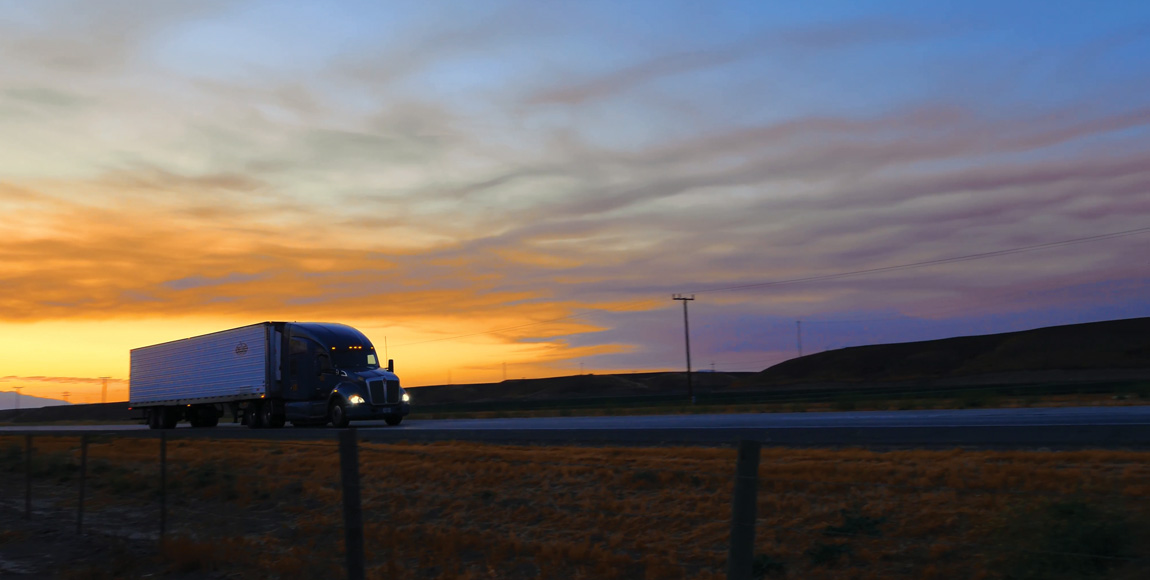Barriers to transport and trade

The road-freight industry faces a continual barrage of new charges and regulations, while there is minimal assistance in removing the many obstacles to efficiency caused by the actions of the authorities
It is a matter of grave concern to the Federation of East and Southern Africa Road Transport Associations (Fesarta) that the road-freight industry in southern and eastern Africa is increasingly being regarded as a cash cow by the authorities in the region.
The following are the main challenges affecting the industry:
Cross-border Charges
Cross-border charges at the Democratic Republic of Congo (DRC) on the North-South Corridor are US$ 1 200 to 1 900 (R17 000 to R27 000) per vehicle. At Beitbridge the northbound charges are US$ 1 795 (R25 600) and at Chirundu US$ 1 477 (R21 000), making a total of about US$ 4 800 (R68 500) per load to Lubumbashi, DRC.
Border Delays
The delays at the borders are mainly attributable to the insistence of the revenue authorities on high levels of cargo inspection, instead of using a modern risk-management processes. This is despite the evidence that current levels of “adjustments” are in the range of three to five percent of cargoes.
The times taken to clear vehicles at a number of regional borders, are shown in the table below. The times are shown in two columns, for import and export cargoes.
|
Border |
Time in hours |
|
|
Kabanga |
11.50 |
1.50 |
|
Kasumabalesa |
50.00 |
45.00 |
|
Songwe |
18.80 |
2.30 |
|
Mutukula |
18.90 |
13.50 |
|
Nekonde |
52.00 |
2.00 |
|
Namanga |
12.00 |
3.50 |
|
Rusumo |
4.70 |
1.00 |
|
Average |
23.99 |
9.83 |
An obvious effect of the focus on physical inspections is the need for a lot more staff and facilities, but in many areas the staffing is inadequate, tardy and lacks capacity and processing capacity and therefore fails to match the average vehicle arrival rate (and the regular daily peaks and surges). This creates inevitable delays.
Having apparently lost sight of the objective, the authorities in some areas are planning to create massive truck parks in which to hold vehicles for four to six days before inspection. This is a totally illogical waste of money as the objective of border efficiency is to reduce delays to hours, not days. Dwell time at Rusumo border (Rwanda) is two hours. On the United States-Canada border delays of more than 30 minutes would cause adverse press comments from industry.
Official Apathy
The recent Kasumbalesa Border fiasco caused a 72-km queue of vehicles along the corridor in Zambia, past Chingola; and a queue of 800 fuel tankers at Nakonde on the
Dar es Salaam corridor. During this period the new president of the DRC, Felix “Fatshi” Tshisekedi, visited the border to cut a ribbon!
The estimated transport cost of the time wasted in April 2019 was more than US$ 35 million (R500 million) and possibly twice that amount for losses by industry in corridor countries, due to missed production, inventory costs and the impacts of theft and damage to cargo.
These costs are a major barrier to domestic industrial development and promotion of export growth in the landlocked countries. Nonetheless, they are seldom adequately appreciated and are of minimal interest to border officials, as they are hidden in the production costs to industry and are obviously deducted from income tax.
Danger Situations
During the crisis, drivers of the 3 000 to 4 000 vehicles in the various queues in and around the Zambian borders spent between 12 and 25 days living in their trucks with no food, water, sanitation or ablution facilities and zero security from criminals (and even thefts by police in some instances).
The everyday situation at the borders (and in queues and truck parks) is that the vehicles carry everything from perishables to fuel and explosives, all parked in one monster jam, from which no vehicles can be moved in the case of an emergency.
The danger of another “Kasumbalesa conflagration” is a daily reality – but this is not of apparent concern to the border authorities.
Weighbridges
The control of overloading is essential, but current systems, regulations and practices are a constant irritation and source of delays to transport operators. Rationalisation of the Legal Axle Mass (LAM) regulations and the use of modern technology and monitored operator performance is the key to the efficiencies that are achieved internationally.
Changes in enforcement activities must be designed to encourage compliance and focus penalties on habitual offenders. High-speed weigh-in-motion (HSWIM) and camera recognition with effective database monitoring offer cost-effective, 24-hour surveillance of roads and include a range of additional enforcement information.
Transport Regulations
Further major issues for the road-freight industry are the unacceptable confusion, delays, obfuscation in addressing several antique regulations and erratic and illogical decisions in the regulation of operations, vehicle dimensions, LAMs, and the enforcement of road-traffic regulations.
The process of “harmonisation” has been ongoing since about 2002 in the Southern African Development Community (SADC) region and for a similar period in the East African Community (EAC) and the Common Market for Eastern and Southern Africa (Comesa), but there are still countries with more recent releases of conflicting regulations.
In other countries, there are developments which will pre-empt some of the procedures in the Tripartite Transport and Transit Facilitation Programme (TTTFP) process.
In an attempt at promoting agreement and a rational realignment of the vehicle regulations across the region, and to speed up the process of harmonisation, Fesarta has commissioned the well-known Durban-based freight transport consultancy Nick Porée and Associates, to produce a technical evaluation of the regulatory options and to make recommendations which will be discussed with all the regional member associations.
These will be presented to the relevant national regulatory and corridor authorities; hopefully for implementation in our lifetime.
Published by
Mike Fitzmaurice
focusmagsa



